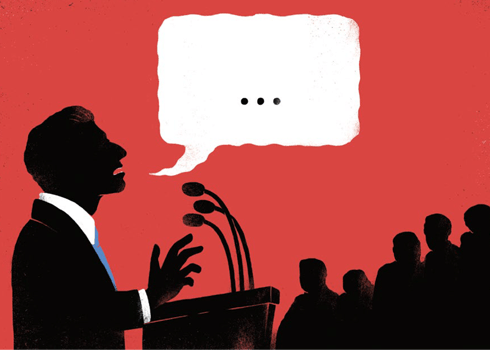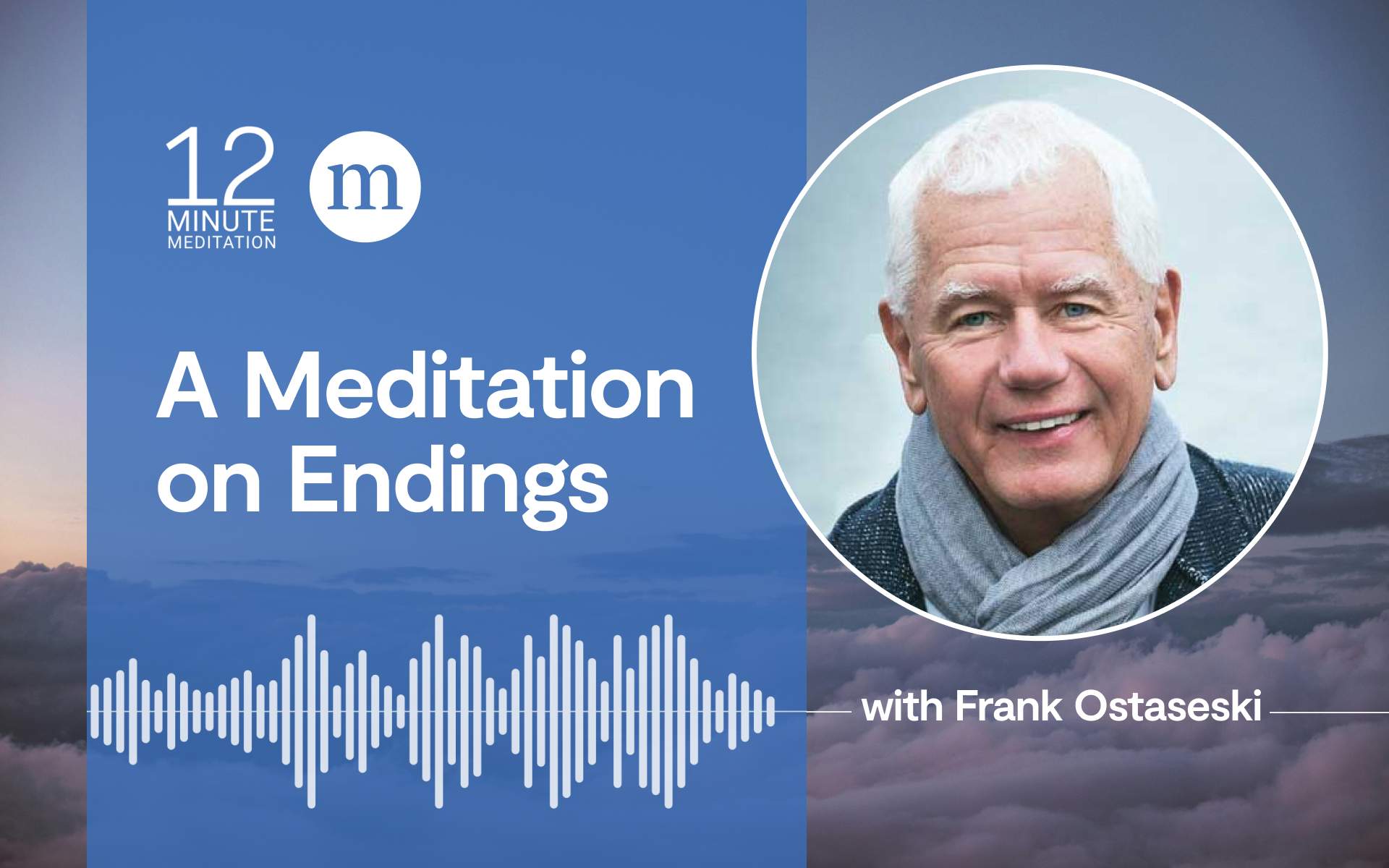Rick Perry and the 2004 New York Yankees are kindred spirits. In a debate during the 2012 Republican presidential primary race, the then-Texas governor shouted that, if elected, he would close three federal agencies: the departments of commerce and energy and…Brain freeze!
Oops. For 50-plus agonizing seconds, Perry choked, unable to come up with the third sacrificial lamb.
Seven autumns before, the New York Yankees led their archrival, the Boston Red Sox, three games to none in the American League championship series, and were ahead in the fourth game 4-3. After the Yankees’ ace reliever walked the leadoff batter, Boston’s pinch runner stole second and scored on a single. The Bronx Bombers lost that game and the next four—the first team to win three games and blow the next four to lose a series. Yankees fans taunted the players by pretending to choke themselves.
Whether in public speaking, sports, or high-stakes test-taking, even the best of us choke. Our brains and bodies seize up like old clocks with sand in the gears. Luckily, neurobiologists and psychologists are fascinated by this excruciating-to-watch and even more painful to experience phenomenon. Their research shows that we choke under two main conditions: when worries distract us so much we fail to access our talents, or when stress causes us to overthink, sidelining areas of the brain underlying implicit skill and expertise.
Choking, by definition, occurs in pressure situations, when we’re expending enormous mental effort and focus. Ordinarily a good thing, focus is also a too-much-of-a-good-thing thing. University of Chicago psychologist Sian Beilock, a leading expert on choking, explained it this way: “When a skill is well learned, there should be less activation of the prefrontal cortex”—the region involved in planning and conscious decision-making. Consciously focusing on a task, however, produces the opposite: more activation of the prefrontal.
In one of Beilock’s favorite laboratories—the putting green—she showed how focusing can trigger a choke. When tyro golfers consciously call up the individual motions involved in a golf swing, through intense prefrontal activation, they do better. They’re learning. But when experienced golfers do, they miss—which, if it occurred in a tournament rather than a lab, would be called choking.
Overactivation of the prefrontal seems to mute circuitry that holds implicit knowledge (especially how-to, or motor, knowledge), such as riding a bicycle or, for expert golfers, putting. When we think uh-oh, pressured situation, let me make sure I do everything right, we bench the brain’s implicit system and send the klutzy, prefrontal-driven explicit system up to the plate. No wonder it whiffs: think how much less smoothly you would, say, shower if you had to hyper-consciously think about each step (raise hand to shower door; push open; grip faucet…) rather than act automatically. Consciously activating each sequential element of an athletic movement or argument (as Governor Perry did) makes us choke.
A 2012 study led by neuroscientists at Caltech and published in Neuron showed how stress sidelines circuits encoding implicit expertise. They had volunteers try to move a virtual ball, tied to a virtual string, into a square target on a screen within two seconds, all while their brain activity was being measured by functional MRI. Performance improved as the prizes became more valuable, but soon it crashed: high-value rewards hurt performance and the subjects began to choke.
German scientists discovered a clever way to prevent the brain from drifting away at key moments: squeeze a ball.
The fMRI showed why: A subcortical region called the ventral striatum, which processes the value of pleasures as varied as eating ice cream and receiving cash, became more active at the prospect of higher financial stakes. But after a certain point the activity took a U-turn: higher prizes were associated with lower ventral striatum activity. Here’s why that matters: the ventral striatum is also known to help control movement. Sure enough, the less activity in the striatum, the worse the volunteers’ ability to control the virtual ball.
The perils of drifting away from the brain’s implicit-knowledge systems received fascinating experimental support when scientists in Germany found a clever way to prevent it: squeezing a ball. The researchers had soccer players, judo experts, and badminton aces first practice and then, upping the stress, play before a crowd or camera. The idea was to test the notion that skilled movements such as a soccer penalty kick become encoded in the implicit-knowledge system and that rumination— worrying about performance in a stressful situation—can interfere with that system.
Rumination is largely a left-hemisphere function. But the right hemisphere is associated with superior performance in skills that rely on muscle memory. The right brain also controls movements by the left side of the body. Squeezing a ball with the left hand, the scientists suspected, would activate the right hemisphere, giving it a fighting chance against the rumination-triggered activation of the left brain. Sure enough, 30 semi-professional soccer players who squeezed a ball with their left hand performed as well before a crowd as during practice, while non-squeezers missed more shots in the pressure situation. (The judo experts and badminton aces showed similar effects.) According to a 2012 report by Jürgen Beckmann of the Technical University of Munich and colleagues in the Journal of Experimental Psychology: General, the benefits of giving the right hemisphere a boost likely apply to any sport requiring accuracy and complex movements.
If you worry you might look odd squeezing a ball before a pressure-packed performance, try singing. Beilock has found that when skilled golfers sing to themselves just before and while striking a three-foot putt, brain regions that interfere with implicit learned movements are kept at bay. The ball drops into the cup with a sweet thwonk.
Preliminary evidence suggests that meditation might also be one of the ways to keep the prefrontal cortex from getting in the way. In a pair of studies, Beilock and colleagues had students take a high-stakes math exam and for 10 minutes prior, they either 1) sat quietly and did nothing (the control group for both studies), 2) wrote about their test-related worries, or 3) took a quick meditation lesson. In the first study, those who just sat quietly scored 12% worse than they had on a comparable test with nothing at stake, while the writers showed a 5% improvement. Although the study was too small (20 students) to be definitive, in the second study, the meditation group scored five percentage points higher (an 87 as opposed to an 82) than the control group. Perhaps any technique that avoids rumination keeps the prefrontal cortex from squelching the circuits needed to access your talents.
This is one you can’t try at home, but a 2013 study in The Journal of Neuroscienceshowed even more directly how the prefrontal cortex can betray us. Scientists led by Taraz Lee of the University of California, Santa Barbara, showed participants kaleidoscopic images for about a minute, waited one minute, then tested their memory by having them distinguish images they’d just seen from novel ones. Then they used a magnetic device to quiet activity in the prefrontal cortex. Result: people remembered better. Sometimes, it seems, there is such a thing as too much brainpower.








